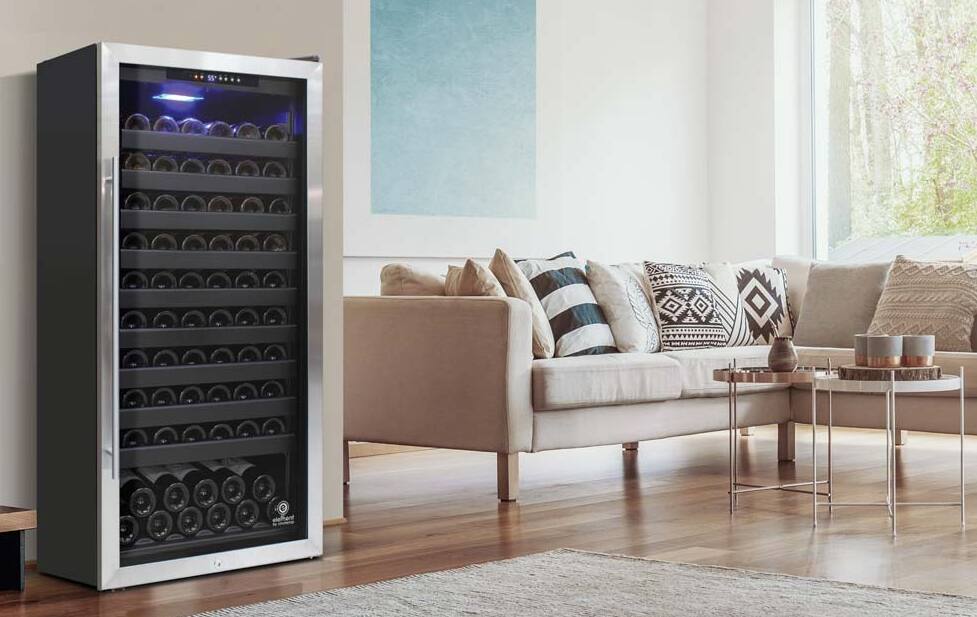Is Wine Fridge Worth It?
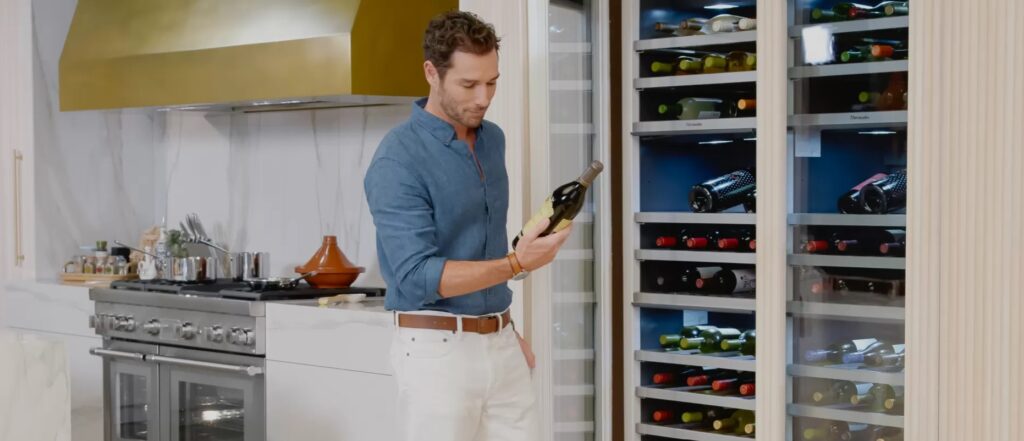
The answer to the question is – yes. Wine fridges are worth it and they are certainly worth buying! When it comes to enjoying a perfectly chilled and preserved bottle of wine, the storage and temperature conditions are crucial factors that can significantly impact its taste and aroma. This leads many wine enthusiasts to consider investing in a dedicated wine fridge. But is a wine fridge really worth it? In this article, we uncover the world of wine storage and explore the reasons why a wine fridge is worth buying, highlighting the key differences between a wine fridge and a regular home refrigerator.
The importance of a proper wine storage
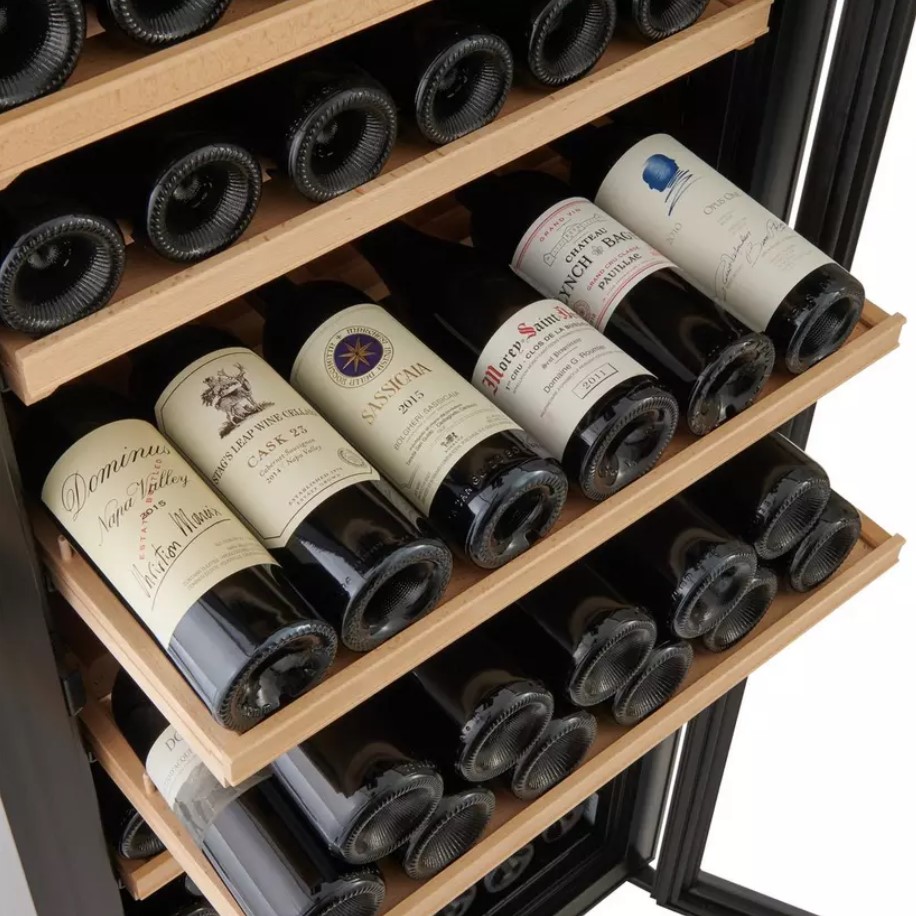
Proper wine storage goes beyond simply placing bottles in a rack or a cellar. It involves meticulous attention to environmental factors that can significantly impact the wine’s integrity.
Before we dive into the specifics of why wine fridges are worth it, it’s important to understand why proper storage is essential for wines. Wines are delicate beverages that can be greatly affected by temperature fluctuations, light exposure, and humidity levels.
Improper storage can lead to premature aging, oxidation, and ultimately, a compromised tasting experience.
A wine fridge, also known as a wine cooler or wine cave, serves a crucial purpose: maintaining wines at the perfect serving temperature.
Unlike home fridges and its more expansive cousin, the wine cellar, a wine fridge comes in various sizes, ranging from mini-fridges to regular-sized appliances.
It’s designed to accommodate wines intended for consumption within a shorter timeframe, though some larger models can store up to a year’s supply.
Maintaining humidity below 50 percent is essential to prevent cork dryness and the subsequent degradation of wine quality.
Monitoring temperature and humidity is a breeze with built-in gauges, allowing you to customize settings between 45 to 65 degrees Fahrenheit based on the wines you store.
How to store wine properly?
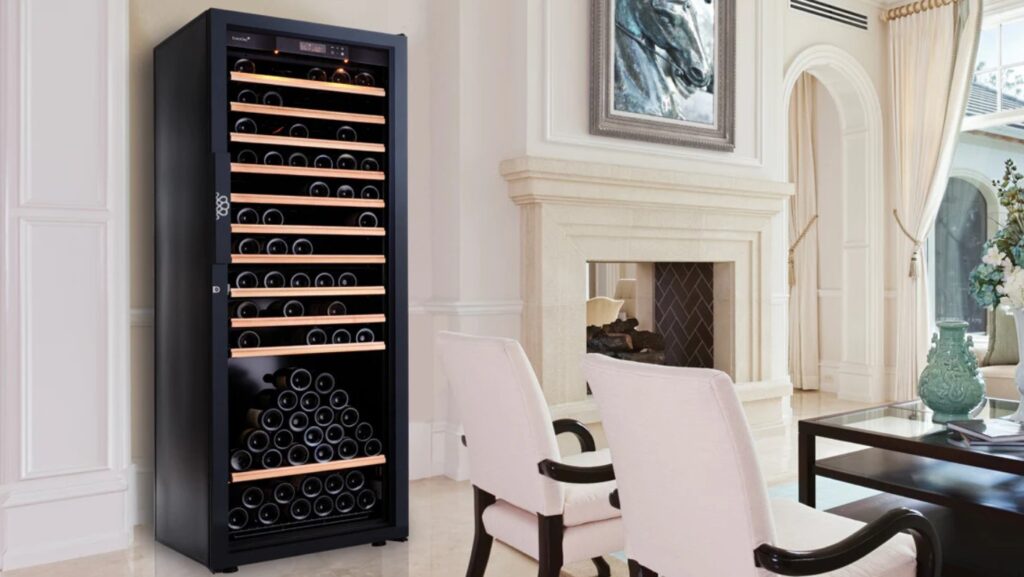
Whether you’re an aspiring sommelier or a casual wine enthusiast, knowing how to store your wine correctly can greatly enhance your tasting experience. Proper wine storage involves more than just picking a spot on your kitchen counter or in your wine fridge.
Understanding the intended duration of storage is the first crucial step. Long-term storage, spanning over six months, and short-term storage, intended for wine consumption within six months, require different conditions.
Here are some key factors to consider when storing wine:
- Choose a proper storage temperature
Temperature is a crucial factor in wine storage. For long-term storage, maintaining a consistent temperature is vital. The optimal range is between 50°F and 55°F or 10°C to 12 °C, which helps preserve the wine’s flavor and aroma. Short-term storage temperatures vary depending on the wine type, generally falling between 50°F and 59°F or 10°C to 15 °C. Avoid extreme temperatures that can harm the aging process, with a strict prohibition against freezing, which could lead to oxidation and even bottle damage.
- Tips on storing red wine
Lighter reds (Pinot Noir, Gamay, Zweigelt, Grenache, Lambrusco): 60°F-65°F or 15°C to 18°C
Full-bodied reds (Cabernet Sauvignon, Zinfandel, Malbec, Syrah, Mourvedre, Nero D’Avola): 63°F-68°F or 17°C to 20°C
- Tips on storing white wine
Bright/tart whites (Sauvignon Blanc, Gewürztraminer): 48°F-52°F or 8°C to 12°C
Full-bodied whites (orange, amber wines, or aged Chardonnay): 58°F-62°F or 14°C to 16°C
- Tips on storing rosé wine
Ideal temperature: around 50°F or 10°C
- Tips on storing sparkling wine
Both red and white sparkling wines: 44°F-50°F or 6°C to 10°C
- Store wine in a darker place
Light can have a negative impact on wine, especially UV light. Store your wine in a dark, quiet place to prevent the deterioration of flavors caused by light exposure.
- Constant humidity level
Maintaining the right humidity level is essential. A humidity level between 60 and 68 percent helps keep corks from drying out, preserving the integrity of the wine. However, excessive humidity can lead to label damage.
- Store wine horizontally
Storing wine bottles horizontally ensures the cork remains moist, preventing it from drying out and allowing air to enter the bottle. Screw-top closures are an exception and can be stored upright.
Why use a wine fridge for storage?
Home refrigerators are designed for food, not wine. Wine fridges and wine cabinets offer ideal temperature settings for wine storage. They can also provide features like dual temperature zones, accommodating various wine types simultaneously.
- explore options like wine coolers, wine refrigerators and wine cabinets with dual temperature zones.
- undercounter or built-in wine coolers, wine refrigerators and wine cabinets/cellars offer compact storage solutions.
How to store opened wine?
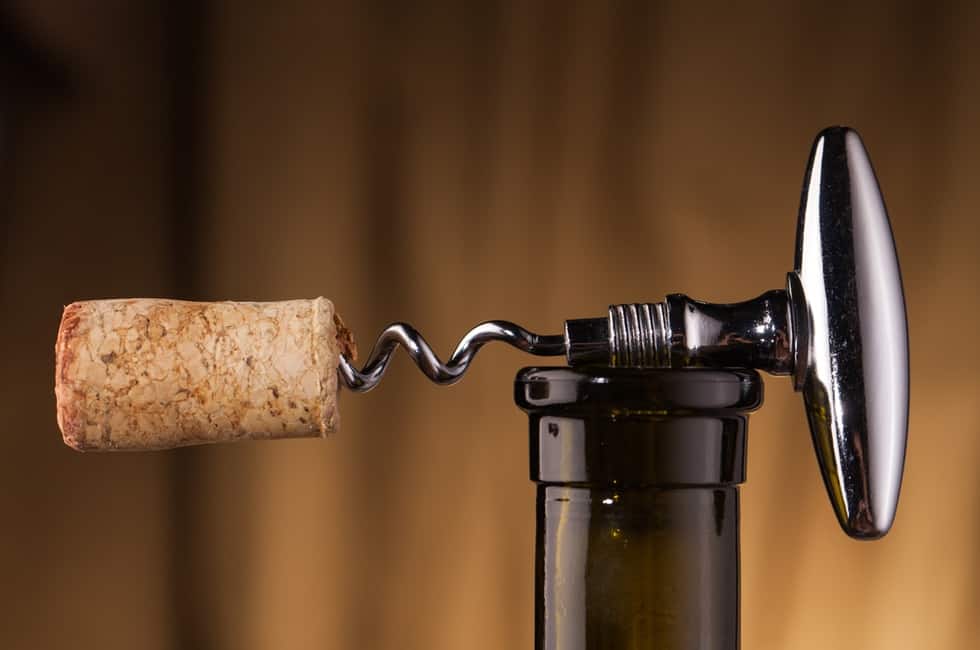
After opening a bottle of wine, proper storage remains crucial. Follow these six steps:
- Replace the cork or use a wine stopper. After enjoying a glass or two of wine, it’s important to promptly re-cork or re-seal the bottle. Oxygen is the enemy of wine once it’s opened, as it can cause oxidation and spoil the flavors. Use the original cork or invest in a wine stopper designed to create an airtight seal.
- Store the bottle at a constant temperature. Temperature control is crucial for storing opened wine. If you’re planning to finish the wine within a couple of days, keeping it in the refrigerator is a good option. For longer storage, a wine fridge or cellar with precise temperature control is preferable.
- Store the bottle vertically in the fridge. It’s recommended to store the bottle upright to minimize the surface area exposed to oxygen. However, if you’re planning to consume the remaining wine within a day or two, this may not be as critical.
- Consider a vacuum stopper to remove oxygen and preserve flavors. If your wine bottle has a vacuum pump, use it to remove excess air from the bottle before re-sealing. This can help create a better seal and slow down the oxidation process.
- Consume the opened wine: Consume the opened wine within 2 to 5 days to avoid quality degradation.
- Minimize light exposure. Light, especially UV light, can prematurely age wine and affect its taste. Keep opened wine away from direct sunlight and fluorescent lighting. If storing in a wine fridge, ensure it has UV-protected glass.
Mastering the art of wine storage enhances your enjoyment of each bottle’s unique flavors and aromas.
How long can you store opened wine?
Generally, opened red wines can be enjoyed for 3-5 days, while whites and rosés can last 2-3 days. Fortified wines, like sherry or port, have a longer shelf life of up to a few weeks.
Can you store opened wine at room temperature?
While room temperature storage is possible, it accelerates the oxidation process. Refrigeration is a safer option, even for red wines, if you’re not finishing the bottle soon.
Can you use a regular cork or stopper for resealing?
Yes, a regular cork or a dedicated wine stopper can work. The key is to create an airtight seal to minimize oxygen exposure.
What can you use a wine fridge for
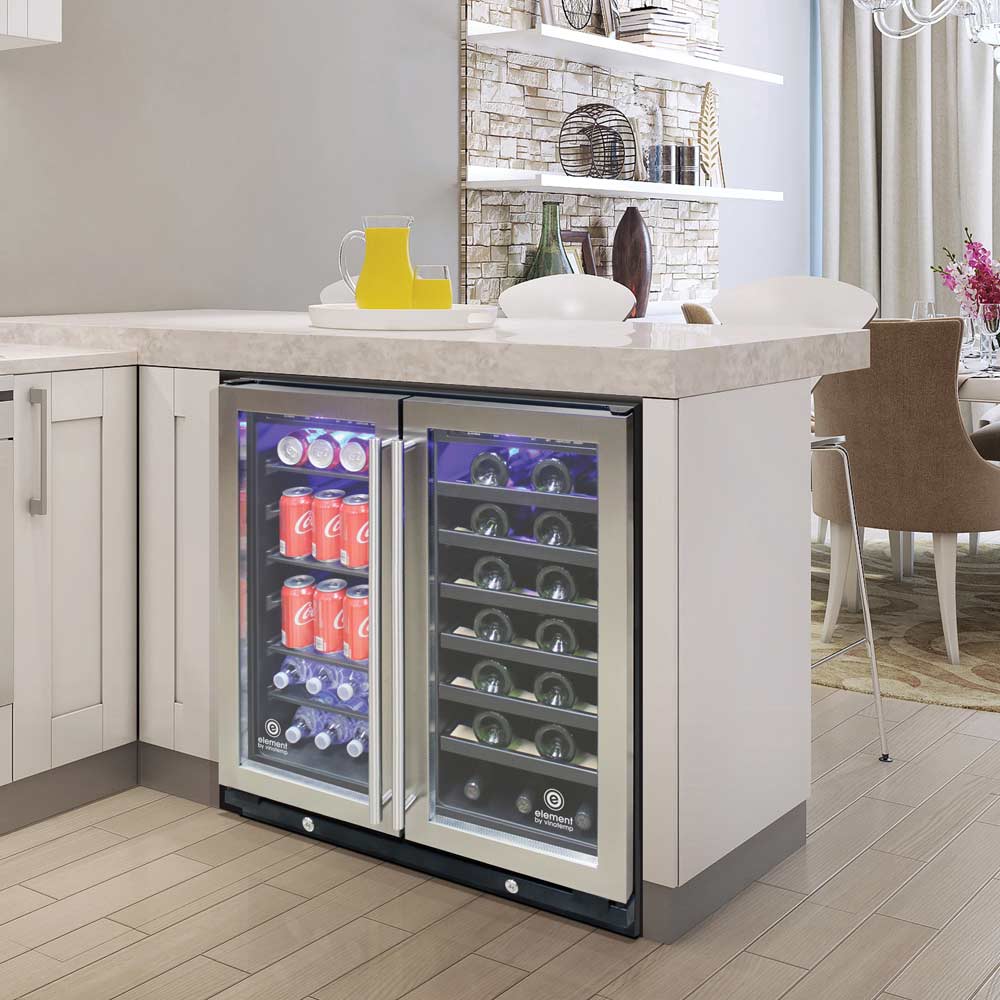
Wine fridges have long been regarded as a necessity for enthusiasts looking to preserve their precious vintages at the perfect temperature. However, their utility extends far beyond this primary function
From enhancing food preservation to creating an optimal environment for skincare products, the potential uses of a wine fridge are both surprising and diverse.
- Wine storage and aging
Let’s start with the obvious – wine fridges excel at storing and aging wine. Their temperature and humidity controls ensure that your wine collection matures gracefully, allowing you to savor the complex flavors and aromas that develop over time. By replicating the ideal cellar conditions, wine fridges are essential for any oenophile.
- Beverage diversity
Beyond wine, wine fridges are perfect for cooling a variety of beverages. From craft beers and champagne to sodas and mineral water, a wine fridge ensures that your drink of choice is always served at the perfect temperature, enhancing the drinking experience.
- Cheese and charcuterie preservation
Cheese and charcuterie are delicate delicacies that require precise temperature and humidity conditions for optimal storage. Wine fridges provide the controlled environment needed to prevent premature spoilage and maintain the delectable textures and flavors of these artisanal treats.
- Chocolate and dessert storage
Chocoholics rejoice! Wine fridges are an excellent solution for storing high-quality chocolates and delicate desserts. Keeping them away from temperature fluctuations ensures that they retain their intended taste, texture, and appearance, ready to be enjoyed at a moment’s notice.
- Medicinal cabinet
Certain medications and herbal products benefit from being stored in a cool, controlled environment. Insulin, essential oils, and various supplements can maintain their efficacy and potency when stored in a wine fridge, making it a valuable addition to your health regimen.
- Skincare and beauty products
Much like certain medications, skincare and beauty products can degrade when exposed to fluctuating temperatures. Face creams, serums, and other skincare essentials can be stored in a wine fridge to extend their shelf life and provide a refreshing sensation when applied.
- Humidor box
The sophisticated design of wine refrigerators aligns remarkably well with the requirements of cigars, offering an environment conducive to sustaining their quality and flavor profiles over time. Wine fridges adeptly maintain a consistent humidity level for cigars. By housing your cigars within a wine fridge, you ensure an environment that keeps them fresh and flavorful for extended periods. Unlike wines that thrive in cooler environments (around 55°F or 13°C) with controlled humidity, cigars flourish at warmer temperatures (approximately 70°F or 21°C) paired with an equally essential 70% humidity. This nuanced distinction highlights the necessity of a designated storage solution for cigars that respects their unique needs. To avoid compromising the quality of either cigars or wines, refrain from concurrently storing both in the same unit for extended periods.
The wine fridge has proven to be a versatile appliance that goes beyond its traditional role. From wine storage and beverage diversity to preserving cheeses, chocolates, and even medicinal products, its potential uses are both practical and unexpected.
By harnessing the controlled temperature and humidity features, you can unlock a world of possibilities that enhance your culinary experiences, health routines, and hobbies.
Is it better to store wine in a wine fridge?
Wine enthusiasts and experts agree that temperature is critical to wine storage and a wine fridge is an ideal storage solution. Wine should be stored at a consistent temperature, ideally between 45°F and 65°F (7°C – 18°C).
Fluctuations in temperature can lead to premature aging or spoilage. Traditional cellars can struggle to maintain this precise range, making wine fridges an attractive alternative.
Is a wine fridge worth buying?
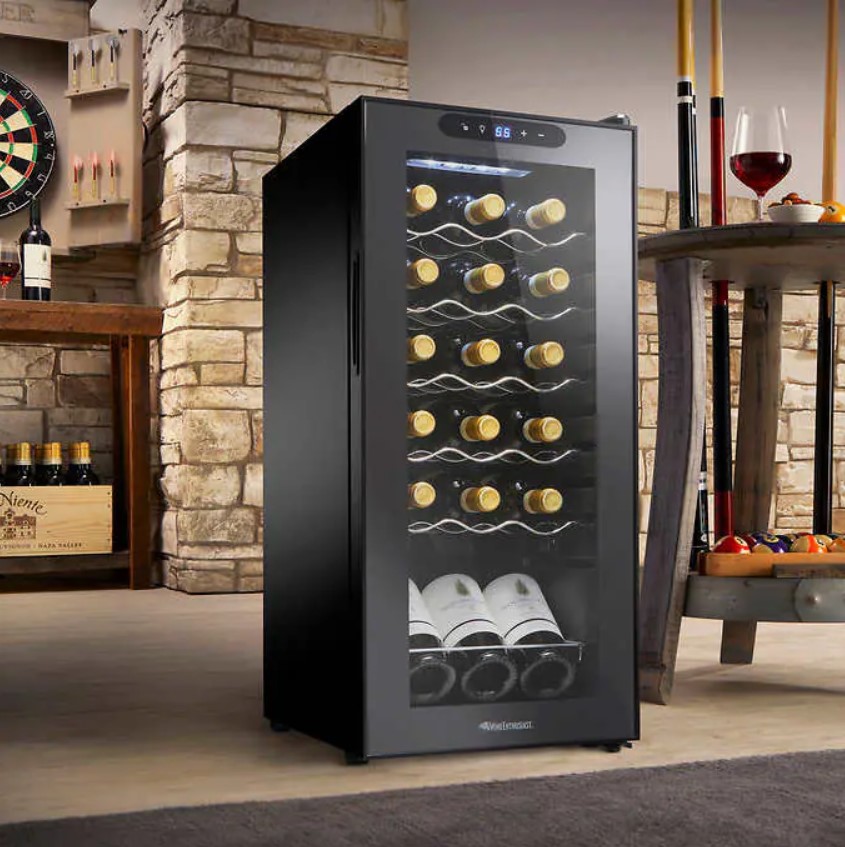
A wine refrigerator is worth buying as it consistently preserves the ideal temperature for your wine collection. In contrast, a typical household refrigerator is frequently accessed, leading to temperature shifts that can compromise the quality of stored wine bottles.
Unlike regular home refrigerators designed to store various items at a single temperature, wine fridges offer precise temperature control. Wine requires a consistent temperature to age properly, and wine fridges allow you to set and maintain the ideal temperature range for different types of wines.
Wine fridges come with specialized shelving and racks that cradle bottles gently and securely. This not only keeps the bottles from rolling around but also allows you to organize your collection efficiently.
Benefits of buying a wine fridge
- Preservation of flavor and aroma: Wine is a delicate composition of various compounds that interact to create its distinct flavors and aromas. Correct storage conditions, including temperature, humidity, and light exposure, help maintain the delicate balance of these compounds. Improper storage can lead to premature aging or deterioration of these flavors, robbing the wine of its true essence. This preservation of taste is a hallmark benefit that every wine collector should consider.
- Temperature and humidity control: Wine is sensitive to its surroundings, and both temperature and humidity play pivotal roles in its aging process. A wine fridge not only maintains an ideal temperature range but also controls humidity levels to prevent cork drying and oxidation. This dual-functionality safeguards the integrity of your collection over time.
- Redefining aging potential and complexity: Certain wines benefit from extended aging, which can transform them into liquid masterpieces, evolving in the bottle to achieve greater complexity and depth. A wine fridge allows you to customize the aging conditions, unlocking the full potential of your bottles. The right storage conditions facilitate this aging process, allowing tannins to soften, flavors to mature, and the wine to achieve its peak potential. Without proper storage, the aging process can become erratic and unpredictable. With precise controls, you can mimic the conditions of a wine cellar, enhancing the depth and complexity of your collection.
- Space optimization: For urban dwellers and those with limited space, a dedicated wine cellar might be a distant dream. Here, a wine fridge steps in as a space-efficient alternative. These appliances come in various sizes, from compact countertop models to larger units, enabling collectors to store their bottles without the need for a dedicated cellar.
- Showcasing and organization: A wine fridge isn’t just a storage solution—it’s a display case for your curated collection. Many models feature elegant designs with glass doors, allowing you to showcase your bottles like pieces of art. Furthermore, internal shelving and compartments facilitate organization, enabling you to easily locate and access specific bottles.
- Cost-effective longevity: Investing in a wine fridge can save you money in the long run. By protecting your investment, you’ll avoid potential losses from spoiled or prematurely aged bottles due to poor storage conditions. This cost-effective approach ensures that your collection maintains its value and quality.
- Diverse applications: Wine fridges aren’t limited to wine storage alone. They can also be used to store other beverages, such as champagne, craft beers, and even non-alcoholic drinks. This versatility makes them a valuable addition to any home, catering to a range of preferences.
- Economical luxury: Transforming your kitchen into a wine haven need not break the bank. While a wine cellar’s cooling unit can cost thousands, wine fridges offer an affordable alternative. With prices ranging from $200 to $2,000 for models accommodating 20 to 120 bottles, they provide a cost-effective solution to preserving your prized collection.
- Prolonged freshness: Temperature, humidity, and vibration control are key differentiators between wine fridges and regular refrigerators. Especially in homes with extreme temperatures, wines are vulnerable to flavor degradation. Wine fridges mitigate these risks by maintaining a gradual cooling process and ideal humidity levels.
- Eco-friendly innovation: If environmental concerns resonate with you, a wine fridge or cooler aligns with your values. Utilizing a thermoelectric cooling mechanism, these appliances conserve energy while avoiding harmful emissions and chemicals. By adopting this eco-friendly option, you’re making a small but significant contribution to a greener planet.
- Odor-free preservation: Ordinary fridge odors infiltrating wine bottles? Not with a wine fridge. The reduced humidity and sealed environment prevent wine from absorbing unwanted aromas, ensuring that every sip remains untainted by neighboring food odors.
- Versatile utility: Think a wine fridge is only for wine? Think again. Beyond wine, it can house fine oils, vinegars, and even beverages that don’t fit in your regular refrigerator. Hosting gatherings just got more convenient with a secondary storage option for your drinks.
- Prevention of oxidation: Oxidation, the interaction between wine and oxygen, is a natural process that can lead to a wine losing its vibrancy and developing off-flavors. Unlike conventional fridges that eliminate humidity, wine fridges retain it, benefiting cork longevity and slowing the aging process. Specially designed shelves further ensure wine bottle protection, optimizing storage conditions. Proper storage, with a consistent and appropriate cork environment, minimizes the ingress of oxygen into the bottle, ensuring the wine’s freshness over time.
- Protection from light and UV rays: Exposure to light, especially ultraviolet (UV) rays, can lead to the degradation of organic compounds in wine, resulting in the “lightstruck” or “skunky” taste. Proper storage in a dark environment, shielded from direct sunlight, safeguards the wine from these damaging effects.
- Investment value: For collectors and investors, proper wine storage is essential to protect the investment value of their wine collection. Wines stored under optimal conditions are more likely to appreciate in value, making it crucial for those who view wine as a potential financial asset.
Differences between a wine fridge and a home fridge
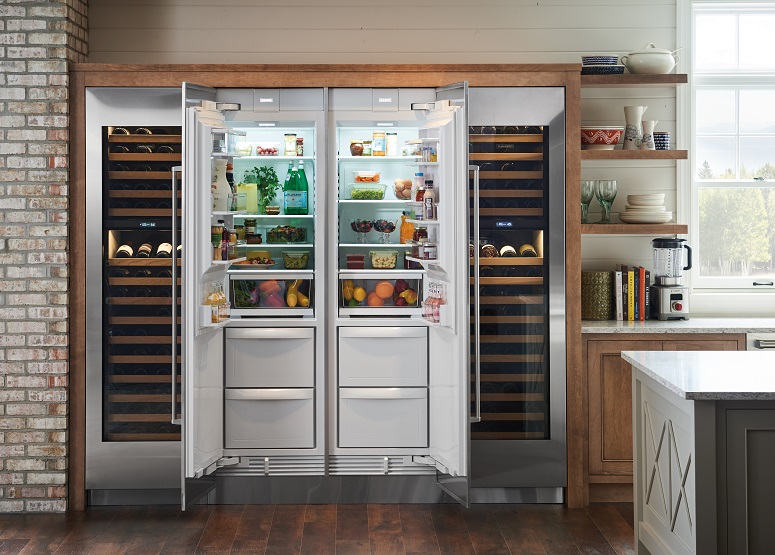
While it might be tempting to use a regular home refrigerator to store your wines, there are significant differences that make a wine fridge a superior choice:
- Temperature range: Home refrigerators are typically set to temperatures below what’s ideal for wine storage. They’re designed to keep perishable foods cold, not to maintain the specific temperature range required for wines. Wine fridges offer a broader range of temperatures suitable for various wine types. A wine fridge stands out for its ability to maintain a consistent temperature, a crucial factor for preserving wine integrity. Regular kitchen refrigerators experience frequent door openings and closures, leading to temperature fluctuations that can harm wines over time. Additionally, the cold and dry environment of conventional fridges is unsuitable for wine storage, as it can adversely affect the delicate composition of wines.
- Humidity control: Wine fridges are designed to maintain higher humidity levels, around 50-70%, which is crucial for preserving corks and preventing oxidation. Home refrigerators have lower humidity levels that can dry out corks over time.
- Vibration and movement: Home refrigerators are in constant use, leading to more frequent door openings and vibrations from compressors. Wine fridges are built with features to minimize vibrations and are opened less frequently, creating a more stable environment.
- Design and shelves: Wine fridges have specialized shelving designed to cradle wine bottles and store them horizontally, keeping the cork moist and preventing air contact. Regular home fridges lack this design, which can lead to bottles rolling and increased risk of breakage.
Conclusion
In the world of wine storage, investing in a wine fridge is undoubtedly worth it for anyone serious about preserving the quality and character of their wine collection.
The precise temperature control, humidity maintenance, and reduced vibrations offered by wine fridges create an environment that allows wines to age gracefully and develop complex flavors.
While a regular home refrigerator might suffice for short-term storage, the dedicated features of a wine fridge make it a superior choice for long-term wine enthusiasts.
Remember, a wine fridge isn’t just a luxury; it’s a tool that enhances your wine experience and ensures that every sip is a delight to the senses.
Our Expertise
Valentina Silovic is a sommelier and content creator with over a decade of experience in the wine industry.
For this article, she collaborated with Dario Drmac, a wine entrepreneur renowned for his innovative digital approach, and Nenad Trifunovic, an esteemed moderator, wine workshop educator, and dedicated advocate for wine-drinking culture.
Their combined experience and insights contribute significantly to the depth and authority of the content presented.
Want to meet the team, seek recommendations, and discover in-depth insights into our product testing and reviews? Click here now!



